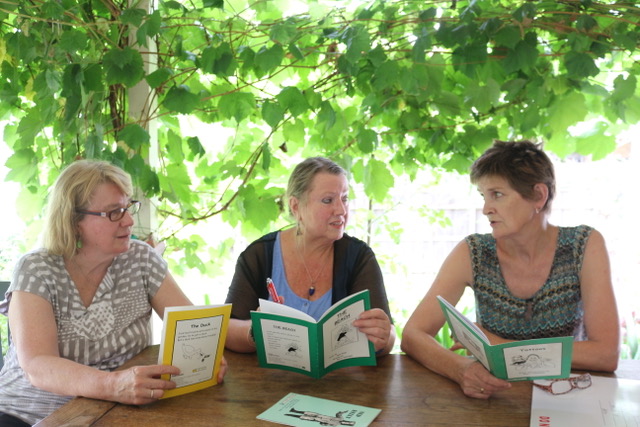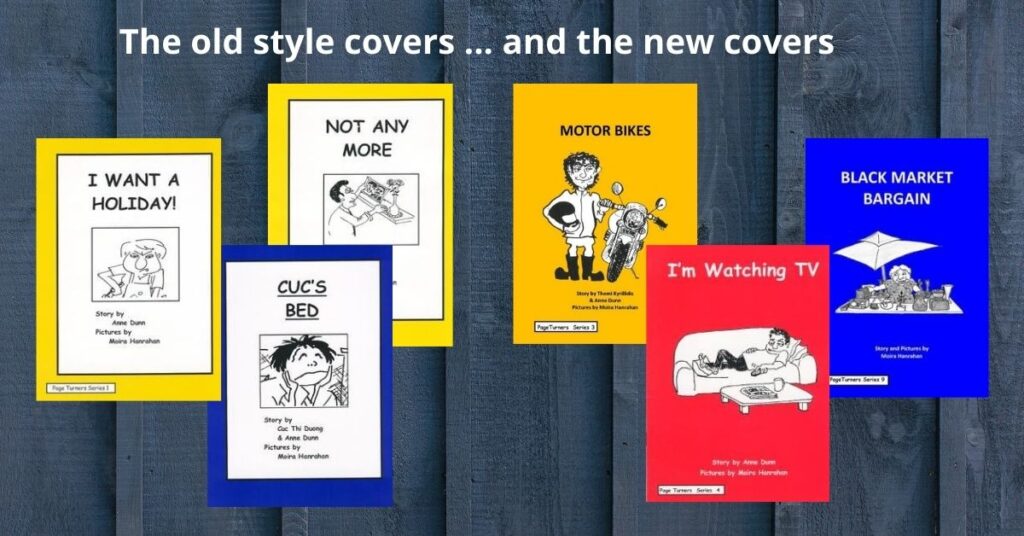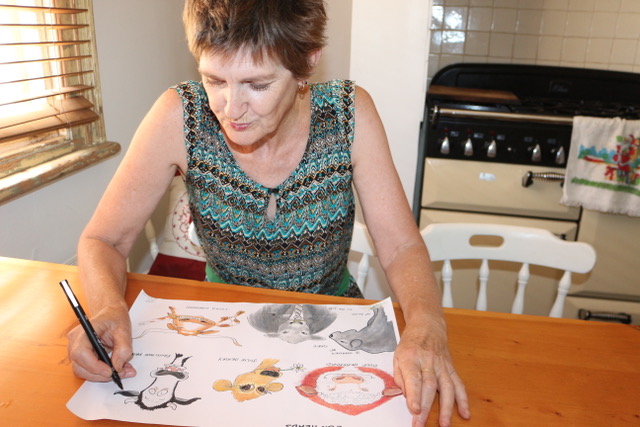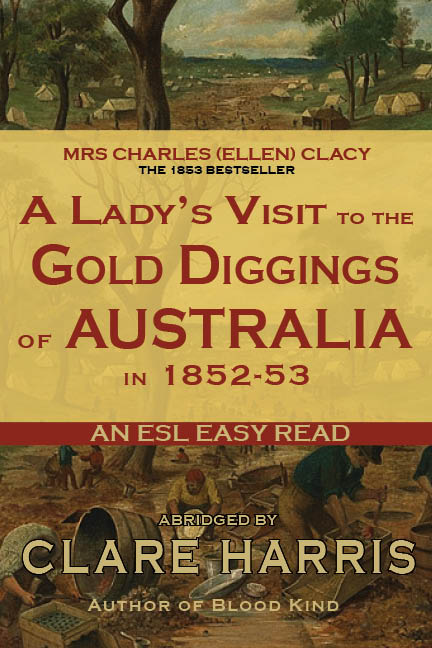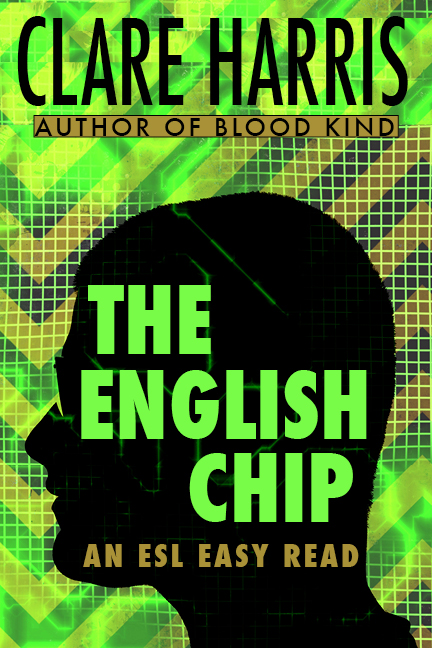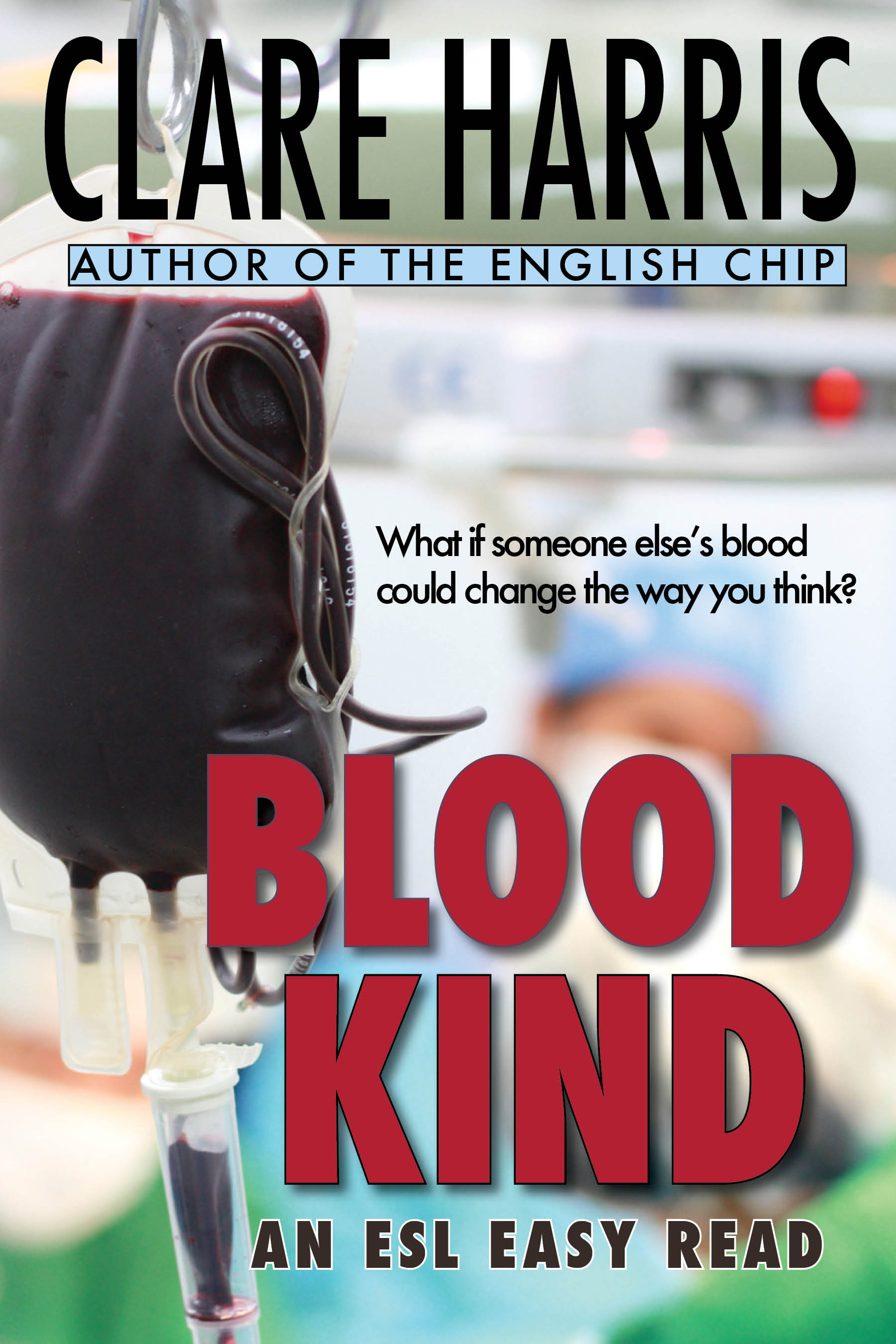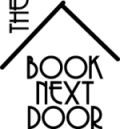I have my own set of ‘yellow Pageturners’, which I love so much – and of course we have all the colours in our college library. They are genuinely funny, they make me want to keep reading…and yet they’re so simple and accessible. So I was excited to be able to ask Anne Dunn, one of the team, some questions:
Anne, how long is it now since you published the first Pageturners?
Almost twenty years, I think (which is hard to believe).
That is a long time! How many are there now?
There are around 80 titles — and more in production — and they’re sold all over Australia, across Canada, and parts of the USA, in NZ and some in the UK. There might be some elsewhere, because people buy them over the web.
World-wide sales! Not surprising, though. How did you decide on the lovely accessible design?
PageTurners started because I used to make little books for my classes, based on the stories they told in class, news events, etc — a sort of ‘language experience’ approach. I made the covers by folding coloured A4 card and sticking a label on the front. (The colour was to make the books look different and appealing — I wasn’t thinking about levels back then.) You can still see that style reflected in the earliest editions, before we started designing more professional-looking covers.
I used photos or images from the web to illustrate the stories. I made some books for the students to keep and made up a “book basket” for borrowing. Libby Barker (then the PRACE coordinator) saw them and said, “You know, we should think about publishing those little books.” And so we did. I used to work with Moira in a high school, and knew she was a wonderful cartoonist, and her cartoons became a key feature of the books.
The cartoons are like the stories, so full of emotional truth. Plus the books really give the opportunity to read for pleasure. What would you see as the balance between functional and fun?
Thanks. That was a central purpose when we started writing them — to make learners realize reading could be fun as well as practical. When we started, the books available for adult beginner learners were either children’s books or for mainly practical purposes. We still lean toward entertainment as the main focus, but we also try to choose topics that would be good for discussion, or lead on to other learning activities.
Do you still ever meet people who want to use children’s books for teaching adults?
Yes, and it’s demeaning, I think, for adult learners. That’s why I first started making books for my students.
They’re also partly based on an old literacy-teaching style where students relatively fluent in English tell their story, and then you write it down and use it to teach reading and writing. So, in Series #1, Anna told a story to my class about her holiday where she worked while the family had a holiday. Cuc told us about buying a new bed, and then finding she hated it. But only a few books are based on students’ stories — we mostly make them up ourselves, choosing topics we think adults will enjoy.
How do you write such short books successfully? Do you think of the punchline first, then work backwards?
That’s just one method. We each write differently, so I can only speak for myself. Often I start with an idea or topic, other times a story jumps out at me. Sometimes we as a group decide on a theme — eg series #9 was crime. Then we just write a story and prune, edit and refine it.
I like the way the stories are suitable for both literacy and English language learners. Do you have any idea of how many readers fall into each group?
No. We try to make them suitable for both groups and for a variety of ages because we were teaching a variety of classes at PRACE. Schools and youth training centres also use them.
How long does each series take to write?
It depends — we set a deadline, then read the drafts and choose which will become books. We redraft, proof, etc., and then Moira does the pictures. They take the longest.
Do people realise how long it takes to write ‘short’?
Writing ‘short’ is hard, especially when trying to use natural language with a limited vocab, then refining a story down to its elements while still retaining freshness and fun. Most people don’t realise it — until they try it themselves.
Chris and I brainstormed Not Any More in a cafe in Carlton, when she was having trouble cutting her story down to level 1. So instead of describing each of the changes, we decided on repeating “Not any more.” It was effective, the repetition was fun and good for beginners, and Moira’s gorgeous cartoons carried the details of the various changes over time, which are great for discussion.
Is this done in work time? In your free time?
In our free time. Only the meetings take place at PRACE. Printing, dealing with orders, etc. is also done by PRACE admin staff these days, though initially I organized the printing.
How can they be so cheap? And do you make a profit?
We decided at the start that it wasn’t about profit — PRACE is a not-for-profit organization — it was about creating and sharing resources, and also about sharing some teaching techniques, via the exercises in the back of the books and the free ones on the web. When we started we were very aware that a lot of tutors in the community field worked in quite isolated situations, and were often young and inexperienced.
So we aimed firstly to cover costs, and make a little bit more for future costs, and anything left over is shared between the three creators and PRACE. The books have been more successful than we dreamed.
And deservedly so! Tell me about new directions, like going digital?
Digital seemed an obvious choice, as so many organizations have classes working on computer. And the colour we can use in digital really pops. It’s still too expensive to print the books in colour, as that would put the price up a lot, and we think the cartoons are charming and effective enough in black and white. So Moira draws them first in black and white, copies them, then uses watercolours for the coloured versions.
Is there one level that’s more in demand than others?
It varies. A lot of organizations snap up the yellow and red (beginners’ levels) but we’ve also had requests for longer books, which is why we added the level 4 plus books. But lots of organizations just buy a whole series at a time, as teachers have discovered that readers like to browse, and choose for themselves. Once they’ve read the level 1’s, they just go on to the next and the next.
It’s terrific to have such a wide choice. Series #9 is the latest – how many series to come?
Series #9 is our Crime series, and series #10 is on the way. Moira is working on the cartoons right now. As for how many more series, while they keep selling, we’ll keep producing them. People seem to like getting new titles, and we enjoy creating them.
That’s good news. Any memorable moments you want to share?
There are many, but I’ll never forget the day I picked up the first series from the printer and walked into my class with some copies to show my students. It was a beginners literacy class, with some native born students, some long term migrants, and a couple of MID (mild intellectual disability) students.
Graeme, a 50-something native-born MID student, picked up I Want A Holiday, slowly read the title aloud and said, “I could do with one of them,” – meaning a holiday. He then proceeded to read the whole book aloud, not realizing that the entire class had gone silent and was watching him. He finished it, triumphantly clapped the covers shut between his hands, and said, grinning, “That’s the first book I’ve ever read all the way through.” And the class burst into spontaneous applause.
I knew then that the PageTurners experiment was going to work.
What a great moment. Thanks, Anne (and the rest of the team!)
If you want to find out more about Pageturners, they’re on the PRACE website: https://pageturners.prace.vic.edu.au


